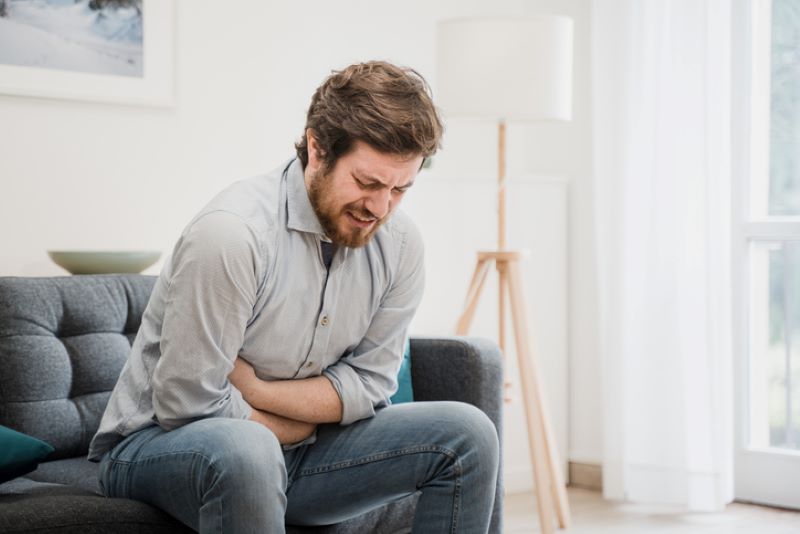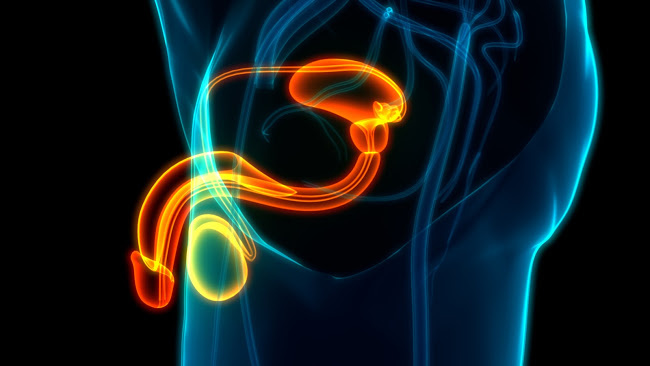
What Are Some Common Causes of Testicular Pain?

The testicles (testes) are two small, egg-shaped organs that produce sperm and testosterone and are located in the thin pouch of skin called the scrotum behind the penis. Testicular pain can have a number of different causes. Sometimes, the pain originates in the testicles themselves, but other times it comes from the abdomen, groin, or another part of the pelvic region. The following are some of the most common causes of testicular pain:
Kidney Stones
Kidney stones are solid masses of minerals and salts that can form in the kidneys. These stones can move into or block the ureters (the tubes connecting the kidneys and bladder) and can lead to painful urination, blood in the urine, nausea, vomiting, and pain in the groin, scrotum, back, and testicles. It may be possible to pass smaller kidney stones by drinking plenty of water and managing pain with over-the-counter medications, but larger stones may require surgery for their removal.
Testicular Trauma
The testicles are extremely sensitive organs, so any impact or trauma to them can cause significant pain for an individual. An injury can cause immediate, intense pain in the testicles or a lasting dull ache. Trauma to the testicles can also form a hematocele (i.e., the collection of blood around one or both testicles), so if pain and swelling persists after an injury, it is important to seek medical attention.
Sexually Transmitted Infections
Some sexually transmitted infections (STIs) including gonorrhea and chlamydia can trigger testicular and/or scrotal pain. These STIs can cause other symptoms such as painful urination and unusual discharge from the penis, so it is necessary to be screened for STIs and seek early treatment if there is a possibility that you have become infected with one.
Testicular Torsion
Testicular torsion happens when the spermatic cord, which is made of blood vessels, nerves, and ducts, becomes twisted. This can result in the loss of a testicle if not quickly addressed. The twisted cord disrupts blood flow to the scrotum, leading to sudden and intense pain, swelling, fever, frequent urination, nausea, and vomiting. Urgent medical care is necessary for such acute testicular pain.
Testicular Cancer
Testicular cancer is most prevalent among men aged 15-35 years. A lump in a testicle might indicate testicular cancer. Although these lumps are usually painless, untreated masses can lead to scrotal pain, heaviness, or achiness in the testicles. Again, prompt medical attention is crucial if a lump is discovered in the testicles.
Conclusion
There are many reasons why a person may experience testicular pain, so when in doubt, seek the advice of a knowledgeable health care professional. This person can properly diagnose you and help you find the treatment you need.
References:
- Cleveland Clinic. (2016, July 28). Testicular Pain. https://my.clevelandclinic.org/health/symptoms/16292-testicular-pain
- Mayo Clinic. (2019, November 23). Testicle pain – Symptoms and Causes. https://www.mayoclinic.org/symptoms/testicle-pain/basics/definition/sym-20050942





